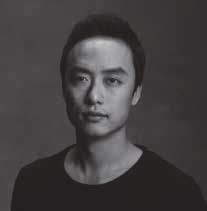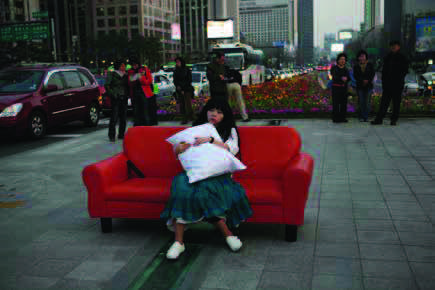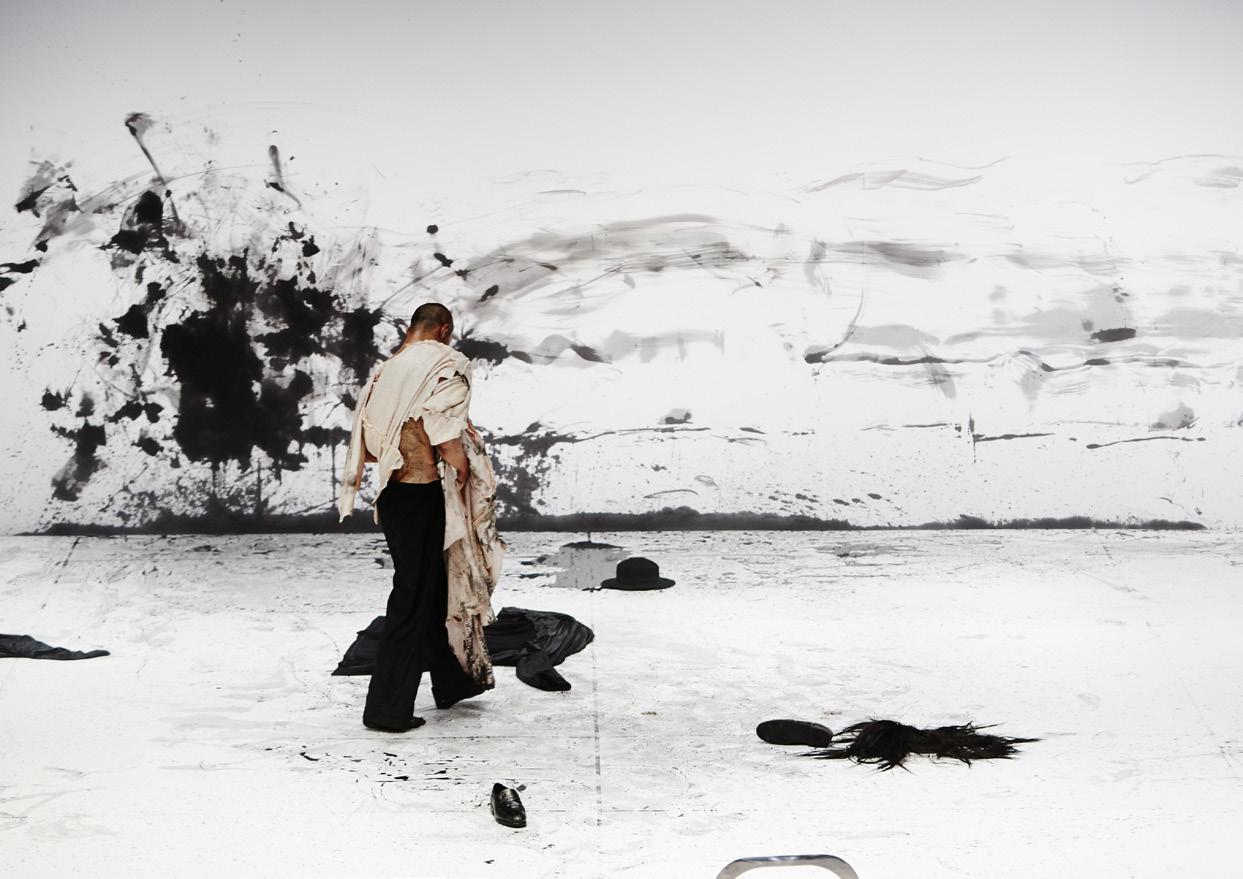Performance Info
LEE Kyung Sung (Theatre director. Director of the theatre troupe Creative VaQi)
: Theatre as a rehearsal for life
Many of your early works include site-specific works dealing with ordinary places like crosswalks, squares, streets, etc. What is the most impressive piece among the works of this period?
I would choose Urban Moving Research or Theatre ’Let Us Move Your Sofa’ (2010) that was performed at the Gwanghwamun Square in 2010. In Gwanghwamun Square, surrounded by roads, there are restrictions of movement and use. I wanted to reconstruct this isolated place, which didn’t match with its name. For this reason, I created a new map with diverse meanings and distributed it to the tourists gathering in the square so that they could walk around the area referring to this map. This production created by conversations with many artists, research and workshops became the cornerstone of my work. This work won the prize for the theatre of a new concept at Dong-A Theatre Awards in 2010.
The question of accepting an event or an object as one’s own thing rather than what to show seems more important.
I try to create works with the power to show ruptures in life, while embracing the participating subjects. A number of elements might be required for these kinds of work, but ’the narrative that has become mine’ is the most important thing in my opinion. Performers of VaQi investigate the subjects of performance and have a lot of presentations and discussions. It is a long and meticulous process. Our responsibility is to transform such things as record of the process, change of consciousness and realization into the language of performing arts.
You seem to create an open field inviting the participation of a wide range of people from theatre troupe performers to various collaborating artists, to ordinary people or audiences.
The main character of the work THE CONVERSATIONS (2014) is ’Grandma Lee Ae Soon’, an ordinary person in my neighborhood, not a professional performer. In this performance consisting of the two parts, the same story is repeated in a totally different way. In the first part, performers become the grandma Ae Soon and tell the story of her life, while the grandma Ae Soon herself tells her story in the second part. The latter is a repetition of the former. In fact, the first part can be a kind of variation because the second part includes an original story told by the real person. Difference and repetition is one of the ways of conversation this piece intended to express.
Although being in the form of a documentary theatre, your work has some unique points as well. The object sometimes becomes the subject and there is an emotional point taking away an objective and cold look.
At a certain point, documentary can be an attitude or content of art. What is theatre? From the moment theatre brings part of life to the stage, it is separated from life. Theatrical documentary is created by placing the work somewhere between life and stage.
Having been invited to the Festival Tokyo 2014 and Festival Theatreformen 2016, this work received the comment that it was an interesting documentary with a melancholic sentiment as well. In Germany, documentary is a genre associated with cold sentiments in general. That is why this piece got such a review.
You have been recognized as Korea’s representative creator beyond a rising experimental director through Before After that deals with the Sewol ferry disaster.
The Sewol ferry disaster might have had great influence on many people who create theatre. In fact, I was supposed to stage another work at Doosan Art Center. But I couldn’t turn my attention away from the Sewol ferry, talking about other things. So I persuaded the producing theatre, performers and staff. The title of the work was Before After (2015) already from the beginning. We worked on it from a sincere heart and it was delivered to both audiences and critics. This work won the award for best new theatre director as well as for best new performer at ’The 8th Korea theatre Award’ and was selected as the ’Best 3 Plays of the Year 2015’ by Korea Theatre Critics Association.
Namsan Documenta (2014) shows the locus of the theatre linked to the history as performers occupy the institutional space with their bodies, whereas the theatre in Before After and Talking about her (2016) is a place for mourning with the senses of performers for a specific disaster of the Sewol ferry sinking.
I wanted to ask a fundamental question about the locus of theatre. It is also related to the question of what theatre is. I find theatre can be a means of emotional practice to understand and approach the pain of others. In this regard, theatre is a space for this practice in which we can see how my story is connected to the story of others and experience the empathy created at the moment the two are connected.
If someone asks me why I do theatre, I would say I do it to live a better life, instead of doing it better. Practice of it enables us to understand and empathize with others. Ultimately, ’a rehearsal for theatre’ is also a rehearsal for a better life.
Production Details
- Director
LEE Kyung Sung
Reference
- E-mailppiree@naver.com









.jpg)


 PREV
PREV
.jpeg)
.jpg)
_(c)포스(FORCE).jpg)
_(c)장석현_코끼리들이 웃는다(SUKHYUN JANG_ELEPHANTS LAUGH).jpg)
.jpg)
.jpg)
_(c)한받(Hahn Vad).jpg)
_(c)비주얼씨어터 꽃(CCOT)(1).jpg)
_(c)봉앤줄 (BONGnJOULE)(1).jpg)
_(c)대한민국연극제 2019 (Korea Theater Festival 2019)(0).jpg)
_(c)몸꼴(Momggol)(1).jpg)
.png)
2018MODAFE_Taemin Cho (2).jpg)











